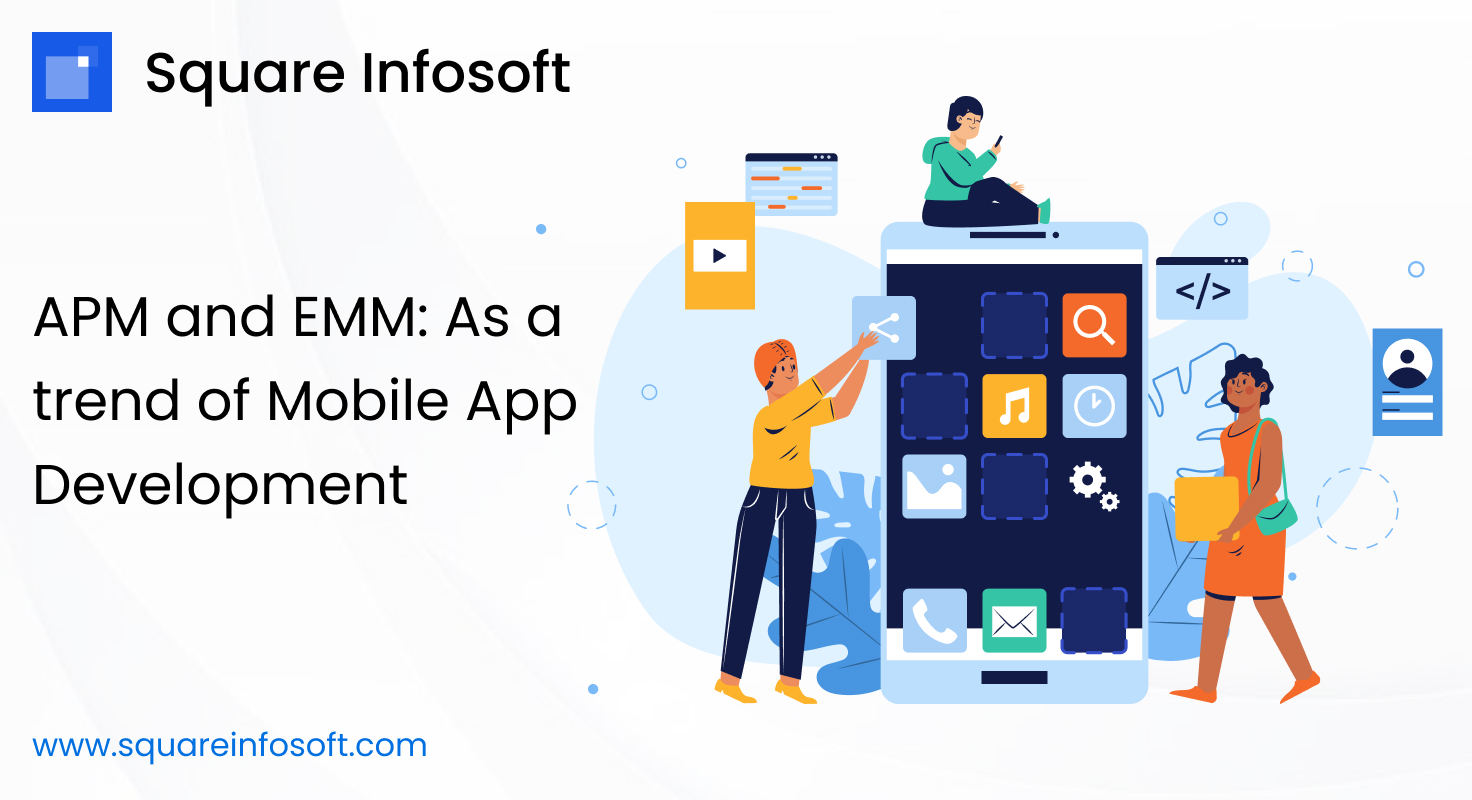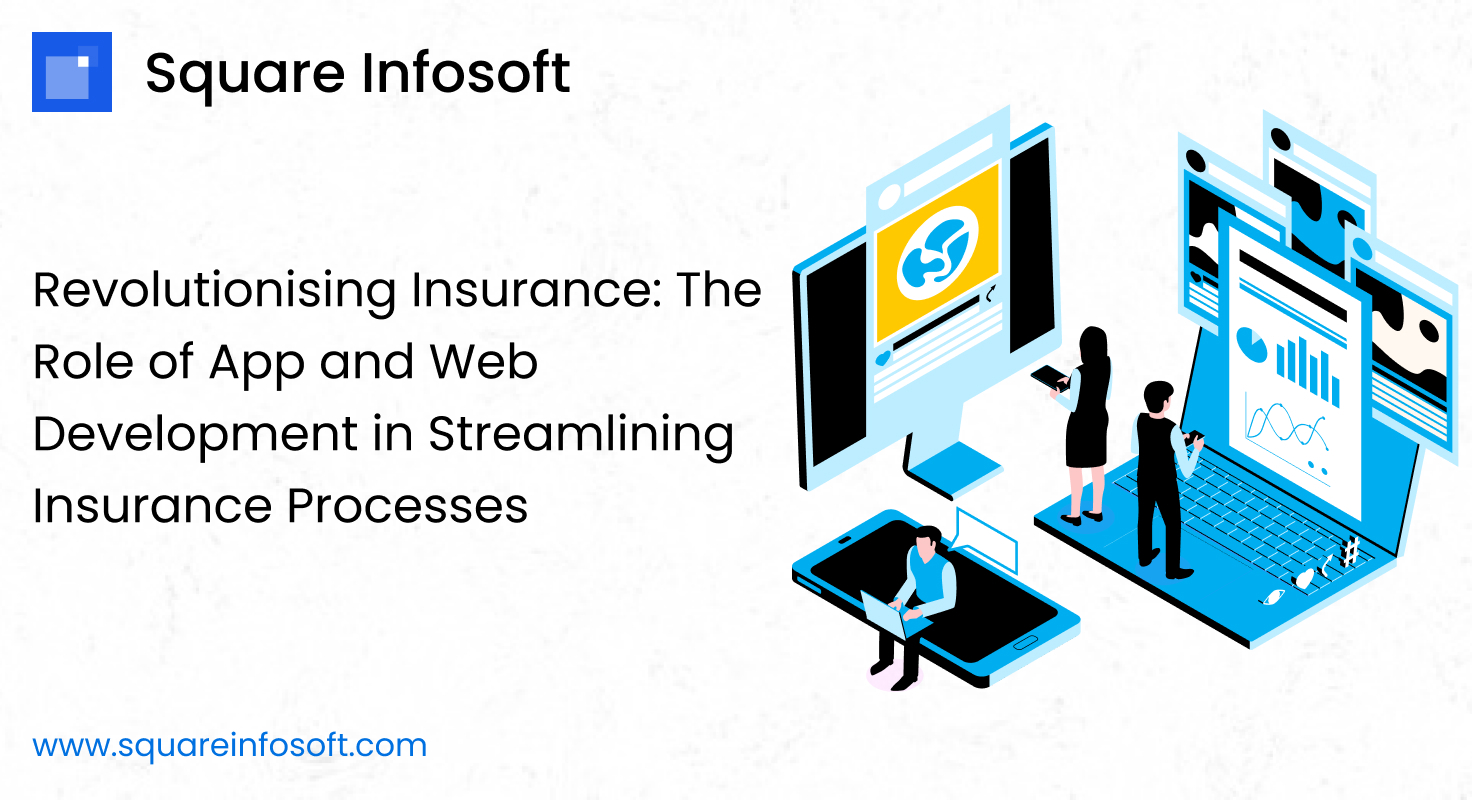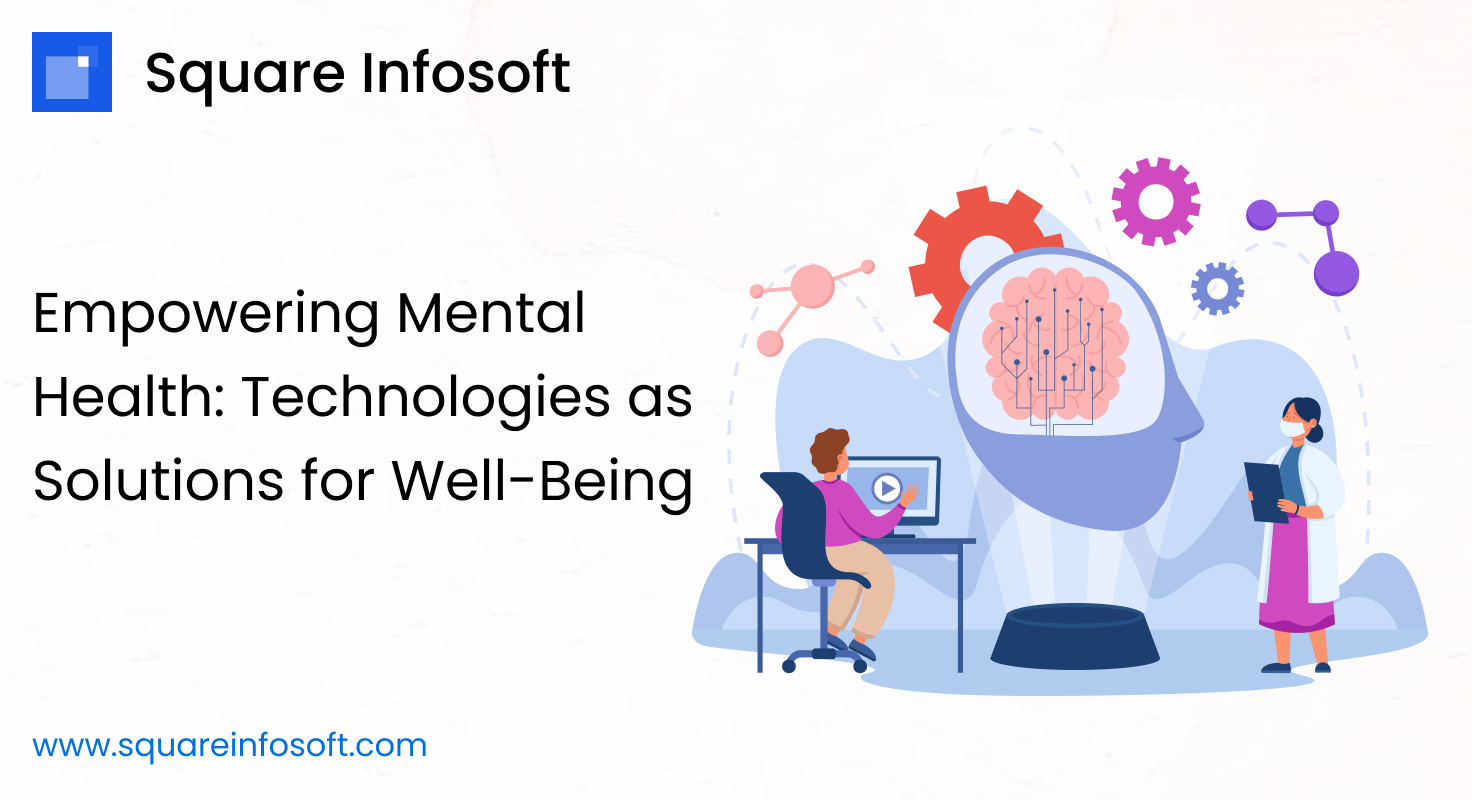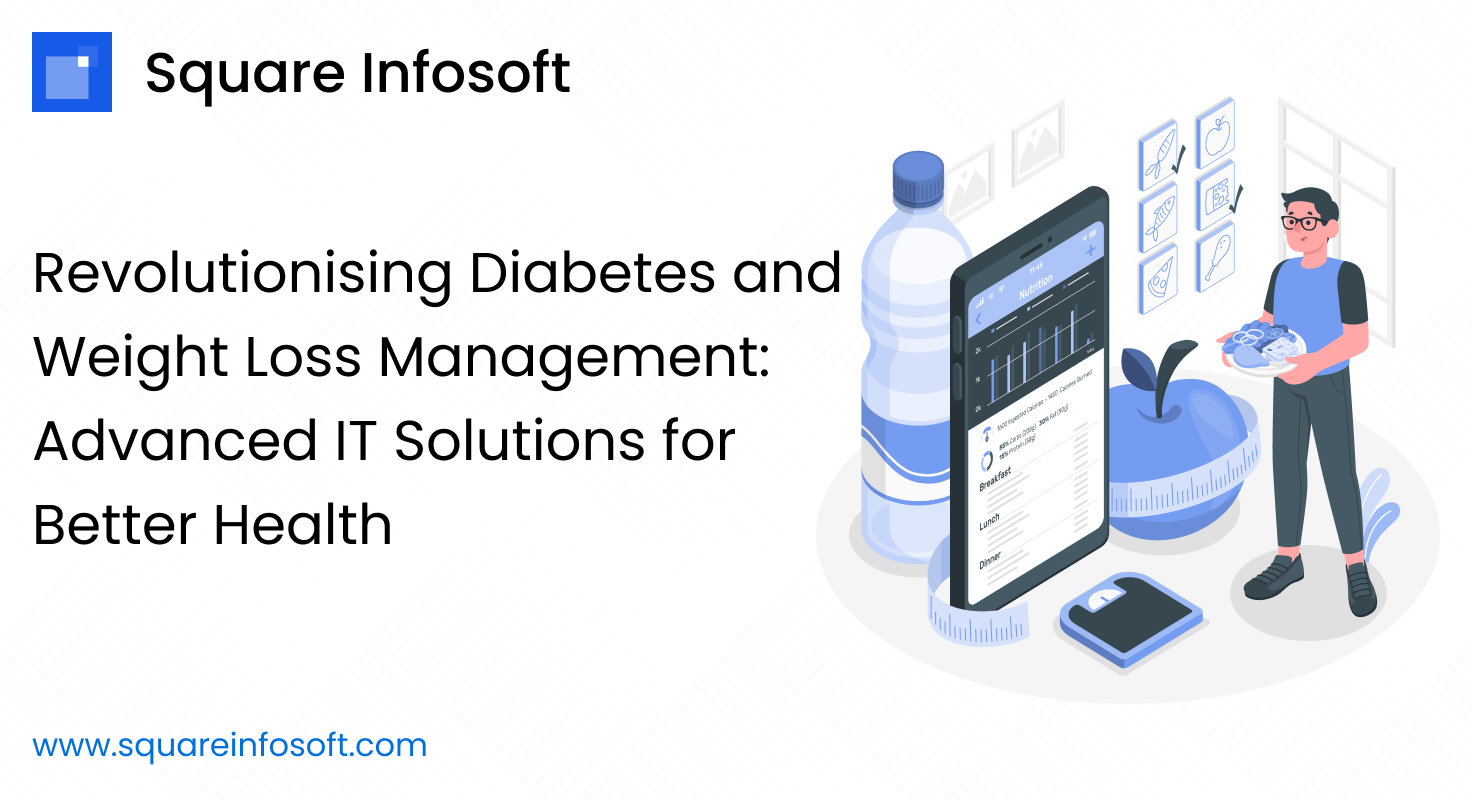- As the landscape of mobile app development continues to evolve, two key trends that have emerged are Application Performance Management (APM) and Enterprise Mobile Management (EMM). These trends play crucial roles in ensuring the success, efficiency, and security of mobile applications in today’s digital age. In this article, we’ll delve into the significance of APM and EMM as trends in mobile app development, exploring their definitions, key features, benefits, and impact on the industry.
Application Performance Management (APM): - Application Performance Management (APM) refers to the practices, strategies, and tools used to monitor, optimize, and manage the performance and availability of mobile applications. APM solutions provide developers and IT teams with insights into app performance metrics, user experience, and issues affecting app responsiveness and reliability. Key features of APM include:
- Performance Monitoring: APM tools monitor various aspects of app performance, such as response times, latency, CPU usage, memory consumption, network requests, and error rates. This allows developers to identify performance bottlenecks, optimize critical paths, and improve overall app responsiveness.
- Real-Time Alerts and Notifications: APM solutions alert developers and IT teams in real-time about performance anomalies, errors, crashes, and other issues affecting app stability. This enables proactive problem resolution and minimizes downtime, ensuring a seamless user experience.
- User Experience Insights: APM tools capture user interactions, session data, and user feedback to provide insights into user behavior, preferences, and pain points. This information helps developers understand user needs, prioritize feature development, and enhance the overall user experience.
- Performance Optimization: Based on performance insights and user feedback, developers can optimize app performance by fine-tuning code, optimizing network requests, reducing resource consumption, and implementing caching strategies. APM tools provide visibility into the impact of performance optimizations on app performance metrics.
- End-to-End Monitoring: APM solutions offer end-to-end monitoring capabilities, covering the entire app delivery chain, including client-side (mobile app), server-side (backend services), and third-party dependencies (APIs, SDKs). This holistic view of app performance helps identify and resolve issues across the entire app ecosystem.
Enterprise Mobile Management (EMM): - Enterprise Mobile Management (EMM) encompasses the policies, procedures, and technologies used by organizations to manage and secure mobile devices, apps, and data within the enterprise environment. EMM solutions provide IT administrators with centralized control over mobile devices, ensuring compliance, security, and productivity. Key features of EMM include:
- Mobile Device Management (MDM): EMM solutions enable IT administrators to remotely manage and configure mobile devices, enforce security policies, and perform device actions such as lock, wipe, and reset. MDM capabilities ensure that corporate-owned and BYOD (Bring Your Own Device) devices comply with organizational security requirements.
- App Management: EMM platforms offer app management features such as app distribution, installation, updating, and removal. IT administrators can control app permissions, restrict access to sensitive data, and enforce app whitelisting or blacklisting policies to protect corporate resources.
- Mobile Content Management (MCM): EMM solutions provide secure access to corporate data and content on mobile devices, ensuring data encryption, secure file sharing, and compliance with data privacy regulations. MCM features enable employees to access, edit, and share documents securely from their mobile devices.
- Identity and Access Management (IAM): EMM platforms integrate with identity management systems to authenticate users, authorize access to corporate resources, and enforce multi-factor authentication policies. IAM capabilities ensure that only authorized users can access sensitive data and applications.
- Security and Compliance: EMM solutions enforce security policies such as device encryption, passcode requirements, app-level VPNs, and data loss prevention (DLP) controls to protect corporate data from unauthorized access, data breaches, and malware threats. EMM platforms also facilitate compliance with industry regulations such as GDPR, HIPAA, and PCI DSS.
Significance of APM and EMM in Mobile App Development: - The adoption of APM and EMM has significant implications for mobile app development, particularly in the following areas:
- Enhanced Performance and User Experience: APM tools help developers identify and resolve performance issues, optimize app responsiveness, and deliver a seamless user experience. EMM solutions ensure that mobile apps are secure, compliant, and accessible, enhancing user trust and satisfaction.
- Improved Productivity and Efficiency: EMM platforms streamline device and app management processes, enabling IT administrators to provision devices, deploy apps, and enforce security policies efficiently. This improves workforce productivity, reduces IT overhead, and enables organizations to focus on core business objectives.
- Increased Security and Compliance: EMM solutions mitigate security risks associated with mobile devices and apps by enforcing security policies, encrypting data, and securing corporate resources. This helps organizations protect sensitive data, maintain regulatory compliance, and safeguard their reputation.
- Better Insights and Decision-Making: APM tools provide developers and IT teams with insights into app performance, user behavior, and usage patterns, enabling data-driven decision-making, prioritization of optimizations, and continuous improvement of mobile apps.
- Competitive Advantage and Innovation: Organizations that embrace APM and EMM
Application Performance Management (APM) and Enterprise Mobile Management (EMM) are two pivotal trends shaping the landscape of mobile app development. APM solutions empower developers to monitor, optimize, and enhance app performance, ensuring a seamless user experience. On the other hand, EMM platforms enable organizations to manage and secure mobile devices, apps, and data within the enterprise environment, fostering productivity, compliance, and security. Together, APM and EMM offer a holistic approach to mobile app development, driving efficiency, innovation, and competitiveness in the ever-evolving mobile industry. By embracing these trends, developers and organizations can deliver high-quality, secure, and reliable mobile experiences that meet the demands of modern users and enterprises alike.




